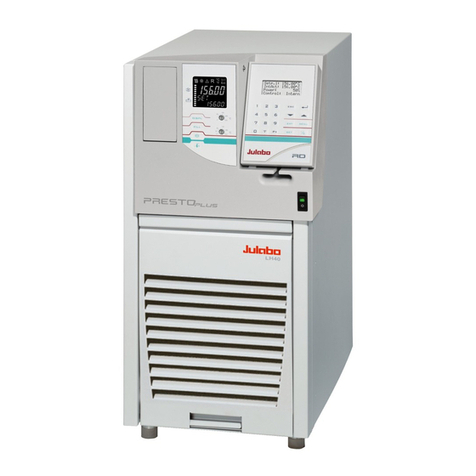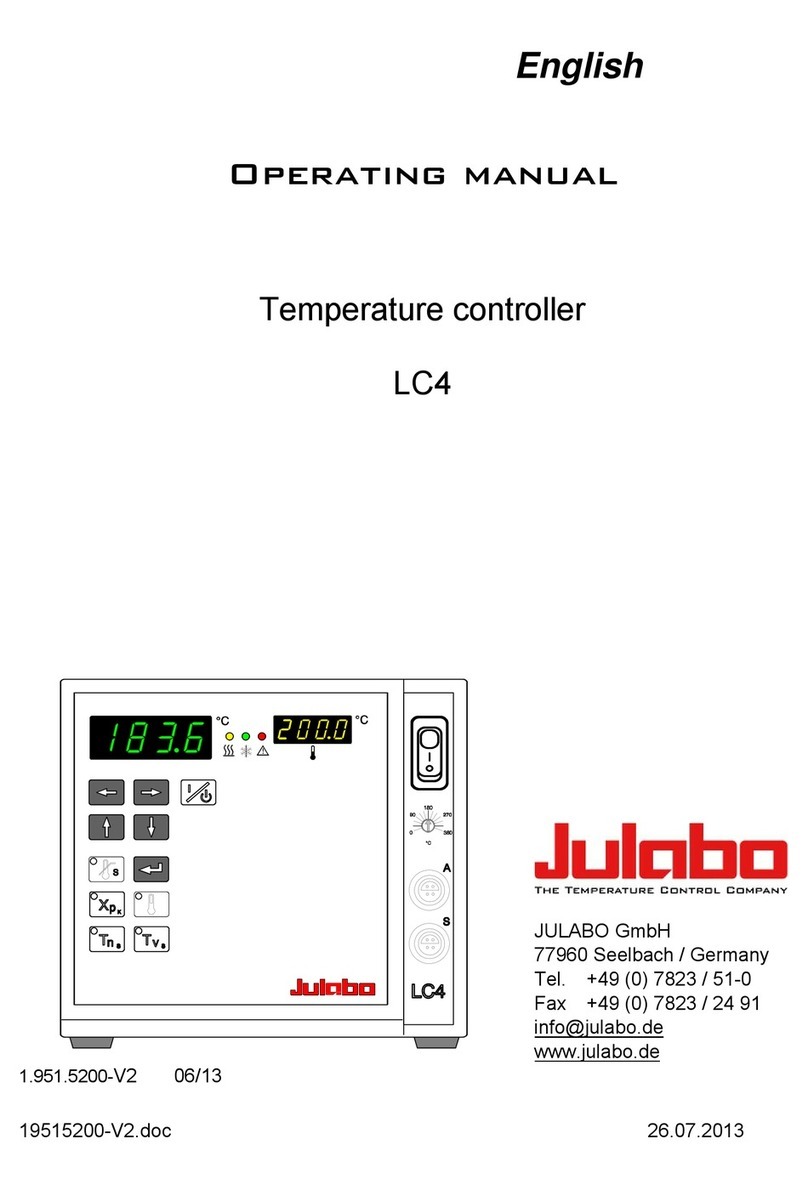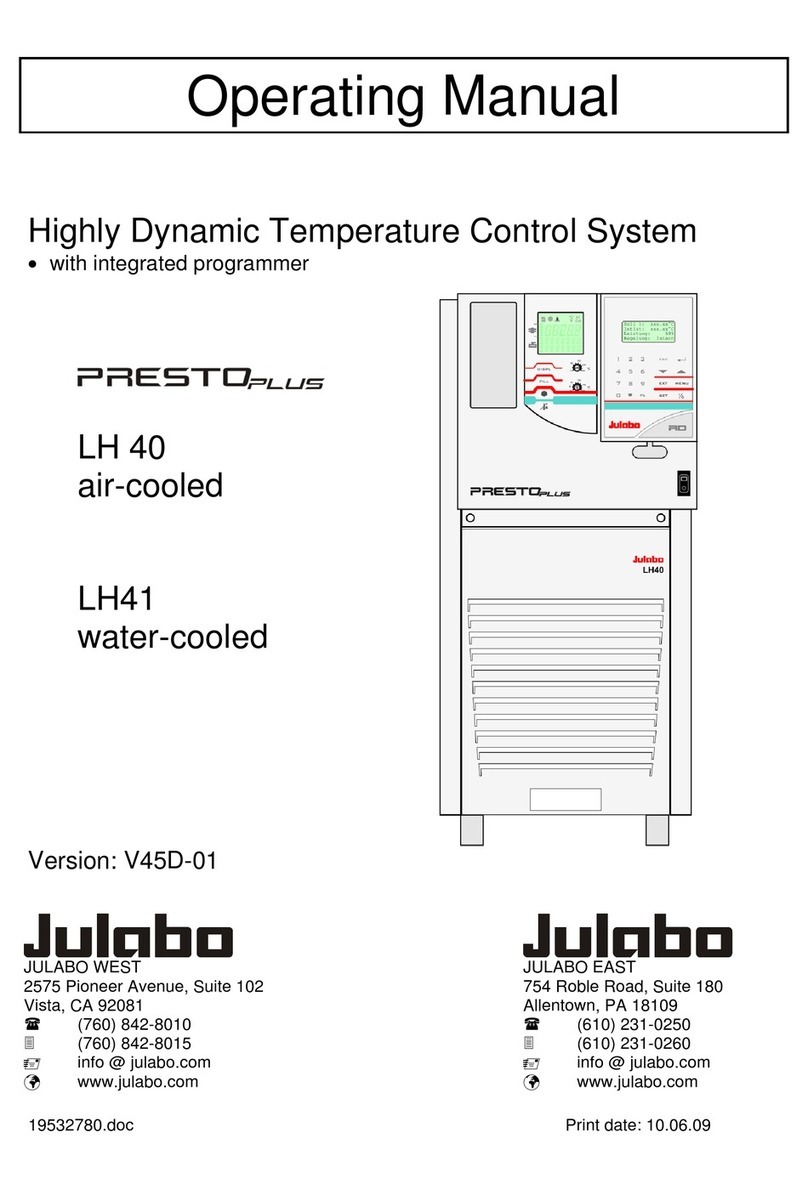LC4 F
3
INDEX
OPERATING MANUAL.........................................................................................4
1. INTENDED USE..............................................................................................4
1.1. Description .....................................................................................................4
2. OPERATOR RESPONSIBILITY – SAFETY RECOMMENDATIONS .............4
2.1. Disposal..........................................................................................................6
2.2. EC Conformity................................................................................................7
2.3. Warranty conditions........................................................................................7
2.4. Technical specifications..................................................................................8
OPERATING INSTRUCTIONS...........................................................................10
3. SAFETY NOTES FOR THE USER................................................................10
3.1. Explanation of safety notes ..........................................................................10
3.2. Explanation of other notes............................................................................10
3.3. Safety recommendations..............................................................................10
4. OPERATING CONTROLS AND FUNCTIONAL ELEMENTS .......................12
5. OPERATING PROCEDURES .......................................................................14
5.1. Installation....................................................................................................14
5.2. Power connection.........................................................................................14
5.3. Connecting a heating device ........................................................................15
5.4. Connecting the temperature sensors............................................................15
5.5. Applications..................................................................................................16
5.6. Switching on / Start - Stop............................................................................18
5.7. Setting the temperature................................................................................19
5.8. Self-tuning the PID-control parameters Xp, Tn und Tv.................................20
5.9. Setting the PID control parameters Xp, Tn and Tv.......................................21
5.9.1. Optimization instructions for the PID control parameters.................23
5.10. Setting the safety temperature (with shutdown function)..............................24
6. MENU FUNCTIONS ......................................................................................26
6.1. Sensor calibration - ATC / SF or AF-............................................................26
6.2. Temperature recorder output - AO -.............................................................27
6.3. Programmer input - EP -...............................................................................28
6.4. Programmer input scale - EPH / EPL -.........................................................28
6.5. Interface parameters H - P - br - r -.............................................................32
6.6. Controlling the heater capacity - h -..............................................................33
6.7. Active countercooling - Pc -..........................................................................33
6.8. Warning functions - LL / HL -........................................................................34
7. TROUBLESHOOTING GUIDE / ERROR MESSAGES.................................35
8. ELECTRICAL CONNECTIONS.....................................................................36
9. REMOTE CONTROL.....................................................................................39
9.1. Communication with a PC or a superordinated data system........................39
9.2. List of commands .........................................................................................40
9.3. Status messages..........................................................................................40
9.4. Error messages............................................................................................41
10.CLEANING / REPAIRING THE UNIT............................................................42































